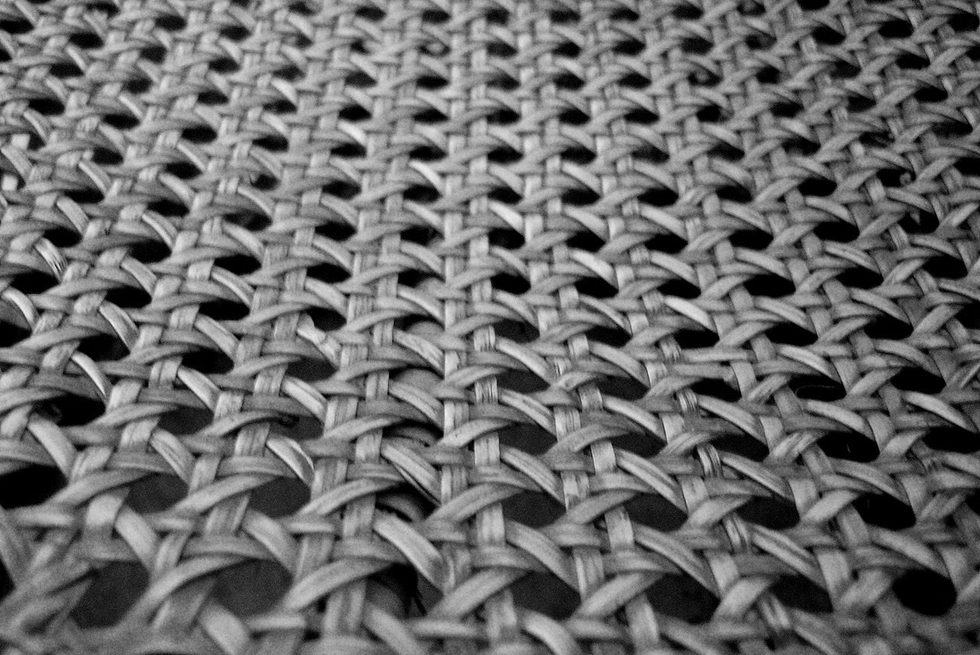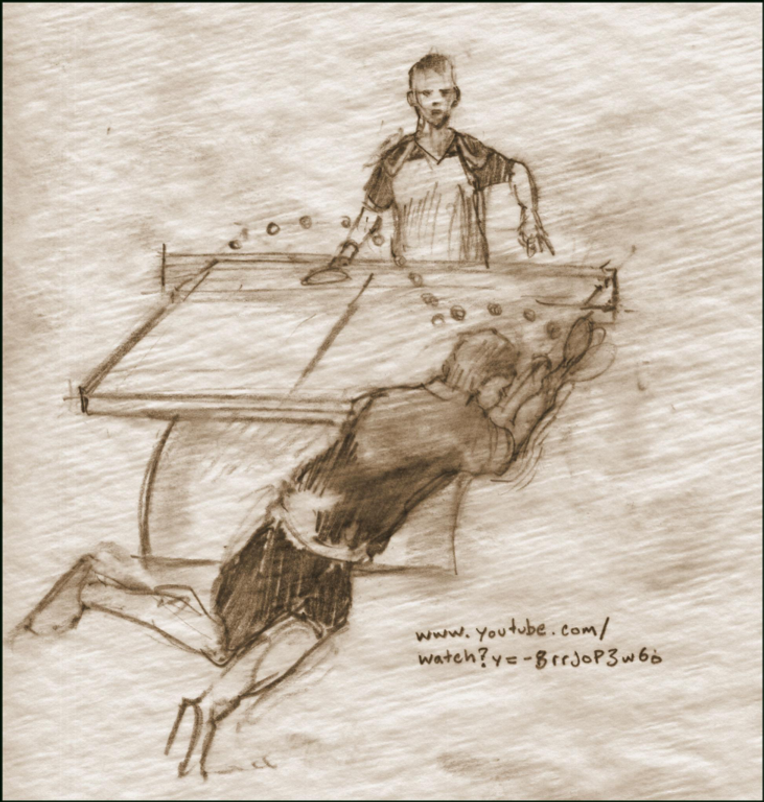Responsibility
From the Series: Collaborative Analytics
From the Series: Collaborative Analytics

I feel a responsibility to not abandon anthropology.
I feel a responsibility to push the boundaries of anthropology.
I feel a responsibility to love and care for my collaborators, and to protect their well-being.
I feel a responsibility to audiences and participants to honor their investment in experiencing this crazy idea we had.
I feel a responsibility to support peers who want to undertake similar experiments.
I feel a responsibility to share the deep truth of the risks, trials, and tribulations that come with collaborating. I feel a need to share lessons learned without deterring anyone from finding the right team to work with.
I feel a responsibility to model multiple modes of collaboration. I feel an opportunity in this responsibility.
I feel a responsibility to not lose myself in these collaborations and forms.
I feel exhausted.
I feel Lucy Lippard (2013) was bloody right: “I am the best form of myself when I collaborate.”
* * *
This piece on collaboration takes a quasi-autoethnographic form to propose a loose framework for reflection on the dimensions of responsibility inherent in any iterative collaborative work. It is not prescriptive—there are no formulas or frameworks to standardize responsibility in collaborative analytics. But there is a qualitative gap in which we can digest the gravity of what we do with knowledge produced from the gambits we throw out there, which miraculously (in some instances) create new opportunities.
When we collaborate, it is a suite of processes, not a product: a continual journey peppered with joy and loss, marked by intoxicating exhilaration and utter fatigue. But despite all of this, what are the realities of responsibility that we face when we collaborate? Who is responsible for being the stewards of anthropological knowledge that lay the groundwork for boundary testing and experimentation today?
When the three of us were thinking through collaboration and how it percolates from emergent sites of so-called experimentation within the field of anthropology, what emerged was the need to openly address responsibility. For many of us who have been naively busy doing and making in the present, and giving little thought to the responsibility we have to the future of our field past the point of our own exhaustion, this is an uncomfortable topic. Together in conversation, three of us found a new space in which we could collaborate.
As we have addressed in our discussion of collective hunchwork, no two collaborations are ever the same. Scales of responsibility are situational and subjective. Therefore, we feel that thinking about responsibility needs to happen on a case-by-case basis. We all know about and uphold the embedded ethics of our work as ethnographers to protect participants and collaborators, we adhere to ensuring that realistic expectations are set and met when working with new communities, and we conduct research as objectively as possible. This is not the responsibility we are speaking of here per se. What we mean is, let’s each ask ourselves when we collaborate: To whom are we responsible? Who is responsible to us? For how long are we responsible for the new form we are engaging in? Do we have a responsibility to the knowledge we are producing? And what is our duty of care for the audiences we are working with?
Take the three of us, for example. We all collaborate with other colleagues and friends. Each of our projects has pushed at new forms within anthropology and simultaneously relied on other well-established concepts and practices, which already exist in design, theater, and curatorial worlds. The scale and scope of responsibility in each of these collaborative endeavors is complex. For McDonald, it was useful to have colleagues (Cantarella and Murphy) situated at a distance who could hold up a mirror and interrogate myopia in the moment. This forces us (generatively, of course!) to see/know/perceive/tease apart our work beyond the moment of navel-gazing that can happen in processes of making and doing. For Cantarella, addressing the overlapping responsibilities of his projects prompted an examination of where knowledge was being situated and whether it fell into some disciplinary gap between fields. For Murphy, reflecting upon the basic hows, whos, and whys of ethnocharrettes from outside his own mind-bubble shed light on the wider networks of responsibility—not just to students, but also to disciplinary interests in social science and design—that such experimental projects entail.
Good colleagues who are not directly involved in the work we do are perhaps the greatest collaborators we will ever know. They make us, as Donna Haraway (2007, 71) notes, “response-able”—self-reflexive about the consequences of what results when we throw out gambits as provocations to our discipline to see if new spaces appear, as well as the obligations we have to others who respond to these gambits beyond the tenure of our projects.

The result of looking in this mirror is a deeper respect for scales of responsibility in the collaborative work in which we each willingly participate. But responsibility need not be a burden. It is an opportunity. If we embrace responsibility to generate, co-create, experiment, and activate, then we can responsibly know our fields.
Profound opportunity for the futures of anthropology arise when we think about the responsibility entailed in experimenting through collaborative new forms in and across disciplinary silos. But in this petulance of wanting to break free from traditions, not losing sight of the histories is one of our greatest responsibilities we have. We have to know where we have come from in order to see where we are going.
Haraway, Donna J. 2007. When Species Meet. Minneapolis: University of Minnesota Press.
Lippard, Lucy. 2013. “Changing: On Not Being an Art ‘Critic’.” AICA-USA Distinguished Critic Lecture, The New School, New York, N.Y., October 30.